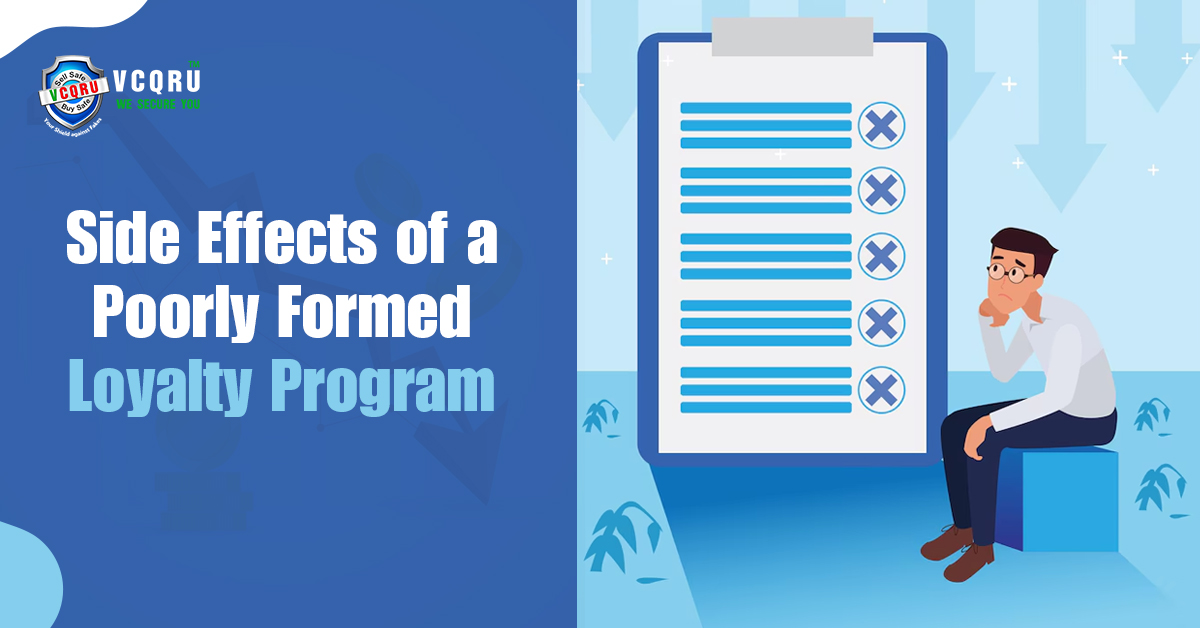

In the realm of business strategy, where competition is fierce and customer loyalty is paramount, the implementation of loyalty programs has emerged as a strategic tool for companies striving to retain their customer base. Such programs, when meticulously crafted, hold the potential to forge enduring connections between businesses and their clientele, fostering a symbiotic relationship built on trust and reciprocity. However, behind the veil of perceived benefits lies a realm of potential pitfalls and unintended consequences, especially when the loyalty program is not meticulously crafted and executed.
At its core, a loyalty program should serve as a beacon of value, drawing customers into a mutually beneficial relationship with a brand. However, when executed without due diligence and foresight, the repercussions can be profound and far-reaching. Let us delve deeper into the hidden side effects of a poorly formulated loyalty program:
One of the most insidious side effects of a poorly formed loyalty program is the erosion of trust. A loyalty program is essentially a promise—a promise of rewards, exclusive offers, and enhanced experiences in exchange for customer allegiance. When these promises are not upheld due to program inconsistencies, fine print complications, or technical glitches, trust begins to erode.
An ill-structured loyalty program often results in a disjointed customer experience. When the emphasis is solely on incentivizing purchases, customers may perceive the program as a mere ploy to extract more revenue rather than a genuine gesture of appreciation. Instead of enhancing customer satisfaction, the program becomes a source of frustration, driving patrons away to competitors who offer a smoother journey.
Your loyalty program is not just a transactional tool; it is an extension of your brand identity. Moreover, a poorly formed loyalty program can have dire consequences for brand reputation. In today's interconnected world, word travels fast, and negative experiences can tarnish a brand's image with alarming speed. Whether through social media backlash or word-of-mouth communication, the repercussions of a mishandled loyalty program can reverberate across digital landscapes, casting a shadow of doubt over the brand's integrity and reliability.
Beyond the realm of customer perception, a poorly executed loyalty program can also wreak havoc on operational efficiency and financial sustainability. From the costs associated with program maintenance to the devaluation of offerings in desperate attempts to retain customers, the financial implications can be substantial. What initially seemed like a lucrative investment can quickly turn into a sunk cost with minimal returns.
A well-functioning loyalty program is a goldmine of customer data, offering invaluable insights into preferences, purchasing behaviors, and trends. However, when the program fails to capture accurate data due to technical glitches or inadequate tracking mechanisms, it becomes a source of misinformation rather than enlightenment. This hampers strategic decision-making and impedes targeted marketing efforts.
Loyalty programs not only target external customers but also internal stakeholders, including employees. A poorly designed program can lead to employee disengagement, as frontline staff struggle to navigate convoluted processes or explain discrepancies to disgruntled customers. This dissonance can permeate throughout the organization, impacting morale and productivity.
In light of these potential side effects, it becomes abundantly clear that the formulation of a loyalty program demands meticulous attention and strategic foresight. Brands must strive to cultivate authenticity, transparency, and genuine value within their loyalty initiatives, prioritizing long-term relationships over short-term gains.
Customer loyalty programs hold immense potential for cultivating customer loyalty and driving business growth, their efficacy hinges on meticulous planning, execution, and continuous refinement. A well-formed loyalty program transcends mere transactions, serving as a conduit for meaningful connections and enduring loyalty. By recognizing and mitigating the side effects of a poorly constructed program, brands can unlock the full potential of this powerful tool, cultivating loyalty that stands the test of time.
For any queries feel free to contact us and our expert support team will get back to you as soon as possible!

A unique online presence is a key factor for magnified business growth. In today’s era where 85% of the population uses social media, your brand, and your business must be able to connect with your target audience in no time. Online marketing strategy is referred to advertising delivered through digital channels to promote brands and connect potential customers using the internet and other forms of digital communication.
April 10, 2023As the name suggests brand loyalty is the loyalty that is earned by a brand. Brand loyalty is much more than just giving benefits to the end-users! It is dynamic by which you can retain your existing customers. Unlike customer loyalty,
Mar 15, 2023As the name suggests brand loyalty is the loyalty that is earned by a brand. Brand loyalty is much more than just giving benefits to the end-users! It is dynamic by which you can retain your existing customers. Unlike customer loyalty,
Mar 15, 2023